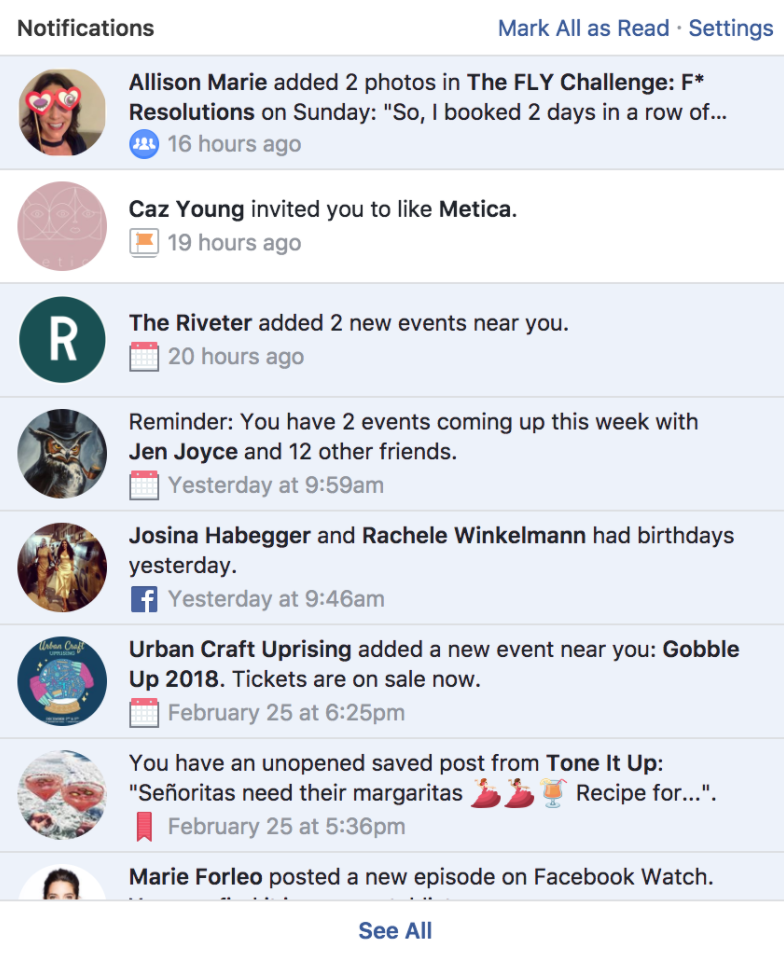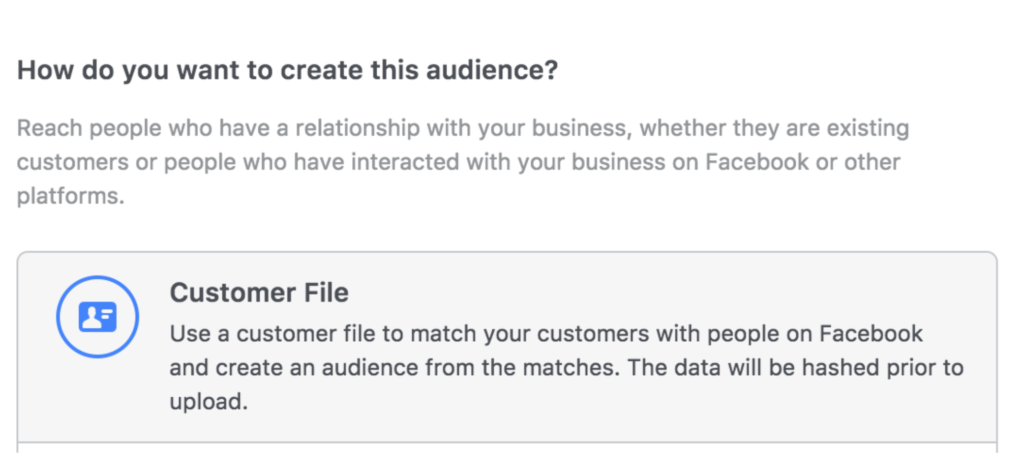How do you build an audience-aligned social marketing strategy from the ground up? With a solid understanding of your target audience, how to reach them, and the right measurement strategies in place to track your progress.
Here’s our tried-and-true process for making sure your social media campaigns do what they are supposed to.
1. Start with Personas
Begin with your personas. You likely don’t have just one target audience, or persona. You have multiple. Build these out and support your personas with social data from a listening solution, so you have real-time intel on what each demographic likely to buy your product is talking about and cares about.

With information about where each persona spends the most time, you’ll know how to target each persona differently, and on which social channels. You’ll know which times are best to post for your brand and industry for each persona, and you’ll even be able to do competitive research for inspiration and education.
All of this information will give you an intimate knowledge of your persona(s), and a jump start on putting together creative, effective social campaigns.
2. Read the Metrics Map
Now that you know your target audience(s) inside and out, it’s time to to figure out where you want to target them on the buyer’s journey. Our Social Metrics Map is a great place to start.

Simply choose the stages of the buyer’s journey that your marketing team is most focused on right now, and align them with the objective, strategy, social activity, KPIs, and business impact you see above.
3. Learn the Latest Approaches
You probably have heard a huge uptick in conversation about Facebook Groups and community engagement on Facebook. Why?
In Q4 2017, Facebook made algorithm changes to surface less viral video content in an effort to reduce “time spent on Facebook by roughly 50 million hours every day.” Citing the recent division and anxiety in our world, Mark Zuckerberg announced his intention to make sure Facebook is beneficial “for people’s well-being and for society overall.” This means the following:
- “You will now see more content from friends, family, and groups that lead you to interact with people, and less public content that leads to more overall time spent.” Facebook users are now more likely to see user—not brand—content (which sparks comments and conversation), rather than branded videos (which receive a ton of likes or views).
- What you can do about it: Start a Facebook Group around your brand, or a challenge that your brand has organized for its devotees, like a fitness challenge. Add this component to your next integrated campaign, and don’t use it as a sales tool—use it as an audience development tool.

Another approach you can use on Facebook is “Invite to Like,” an action which is likely to show up in user notifications.

Some guidelines for this approach:
- Don’t use this tactic unless you have a lot of strong content on your Facebook page. You don’t want to lead Facebook users to a location that misrepresents your brand and/or doesn’t deliver appealing content.
- Leverage influencers big and small, as well as your personal network. Use influencers and your own personal network as a conduit towards lookalike audiences.
- Complement with paid. Like any social strategy today, you must complement with ads.
You’ll also notice in the notifications tab above that most my notifications came from offline events hosted by brands I’ve Liked in the past. Investing in offline events (or highlighting ones you’re already throwing and/or partnering with) is a good way to keep your brand top-of-mind with followers.

Did you know these facts about Instagram Stories?
- More than 25 million Instagram Business accounts produce Instagram Stories
- One in five organic Stories from businesses gets a direct message
- More than half of Instagram’s 500 million daily active users are on Stories
- Daily use of Instagram Stories surpasses Snapchat
If you found that your audience is on Instagram in the persona research you did back in Step 1, you should definitely invest in an Instagram Stories strategy. Here’s how.
4. Incorporate Paid
The biggest difference between Google ads and social ads is the type of traffic they generate. People who click Google ads are actively looking to buy, while people on social are in browse mode and may take longer to decide to buy.
Instead of running a social ad campaign that’s immediately focused on purchasing, it’s better to create additional experiences for your website visitors.
The first paid strategy I recommend employing is a simple nurture funnel. Launch several campaigns with different objectives to create your own ad funnel. This is what a simple nurture funnel would look like on Facebook.
Step 1: Invest in video
Step 2: Create a post engagement campaign targeting your ideal customer to create initial connection. Monitor and optimize the campaign until it reaches 3K views.
Step 3: Create a traffic or conversion campaign targeting those who viewed at least 25% of your video. Visitors who are exposed to your messages previously are 3-5 times more likely to convert than cold traffic.
The second important part of a rudimentary paid strategy is to use your customer and/or email list to create lookalike audiences to target on paid. This will ensure that you are getting the biggest bang for your buck. On Facebook, you can upload an entire customer file to do this.

5. Label Your Content + Track Your Progress
Measurement should be threaded through all your social media efforts, so you can optimize as you go along. That said, here I will focus on end-of-campaign measurement. I will begin with content labeling.
Content labeling is a social marketer’s secret weapon. It tells you which content works best for your brand. For instance, let’s take the example from Trader Joe’s, below.

If Trader Joe’s labeled their content, they would know the answers to questions like:
- Do pictures of food or pictures of influencers perform better?
- Do recipes or product shots perform better?
- Which captions best resonate with our audience?
- Do videos featuring customers or videos featuring influencers perform better?
- Does UGC or studio-composed content perform better?
They could answer almost any question they posed. This takes the guesswork out of their strategy, so their social team can be creative, efficient, and test easily.

Remember: Always. Be. Measuring.